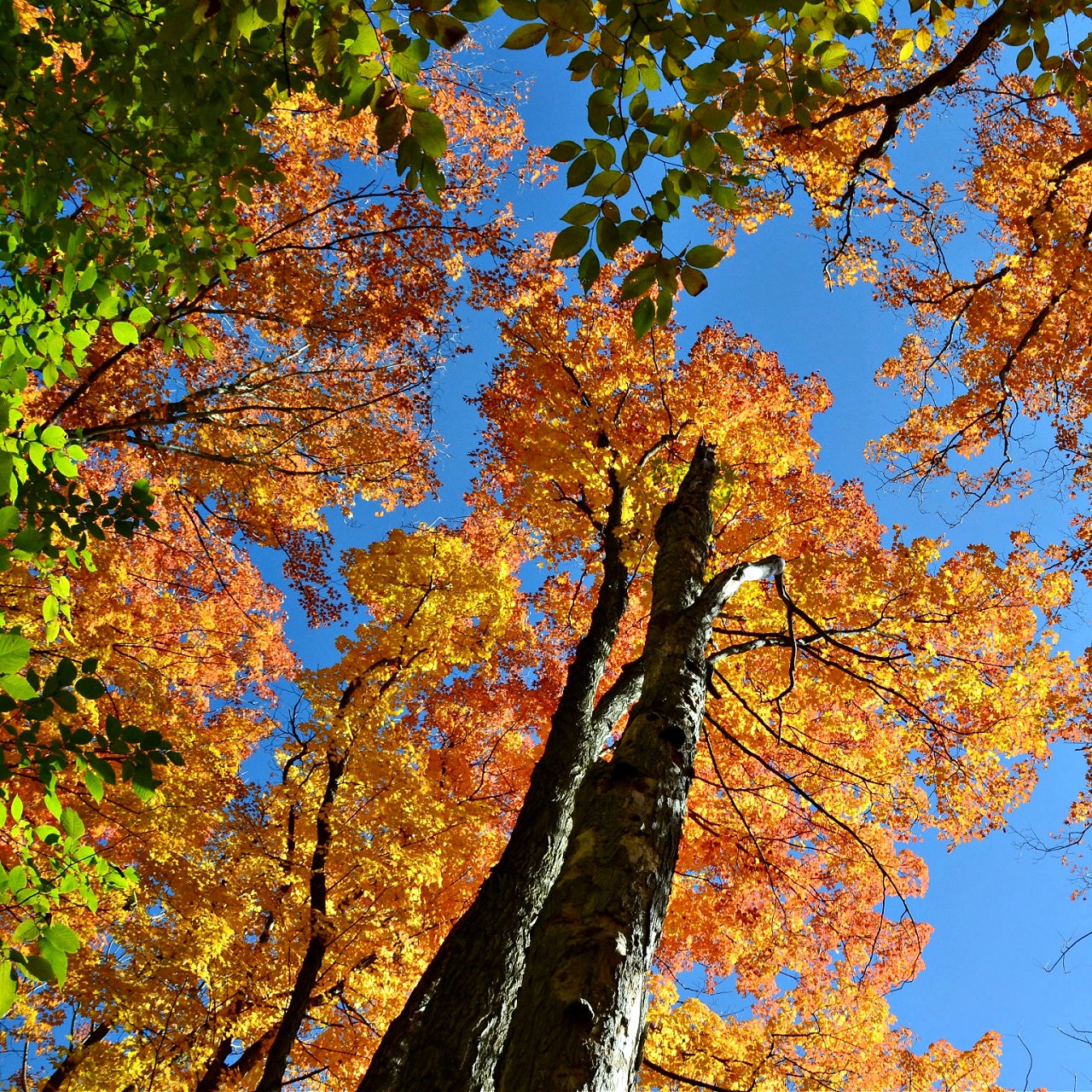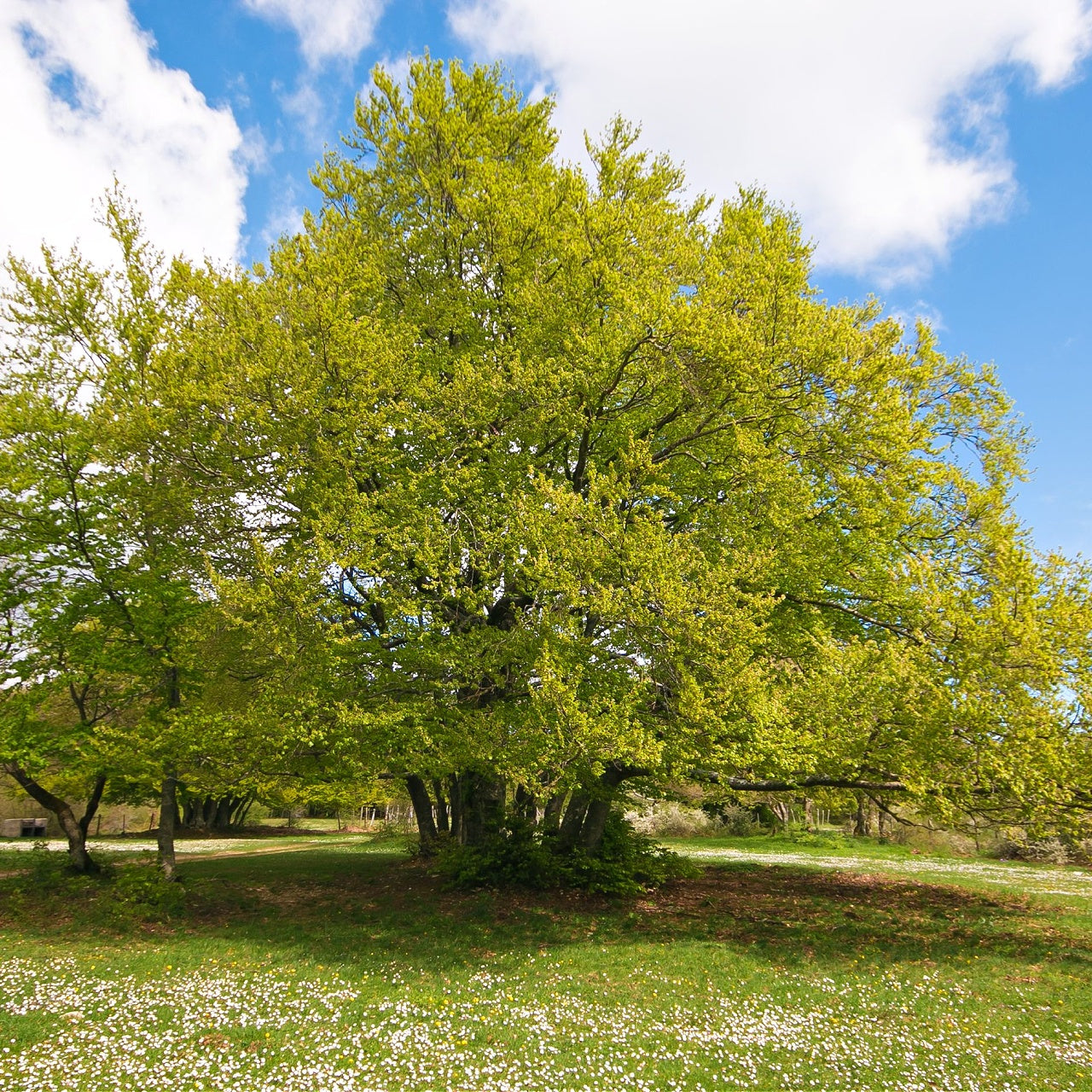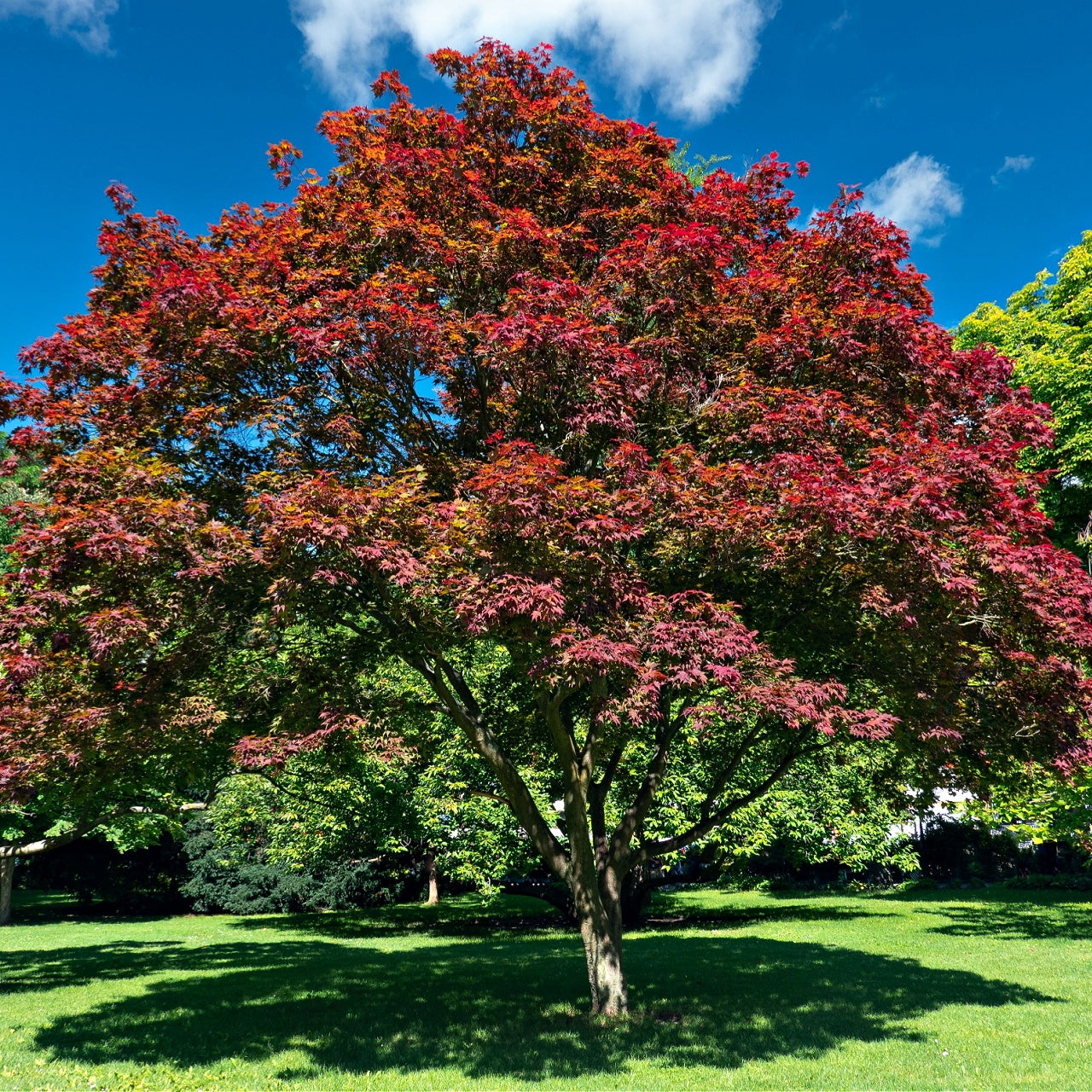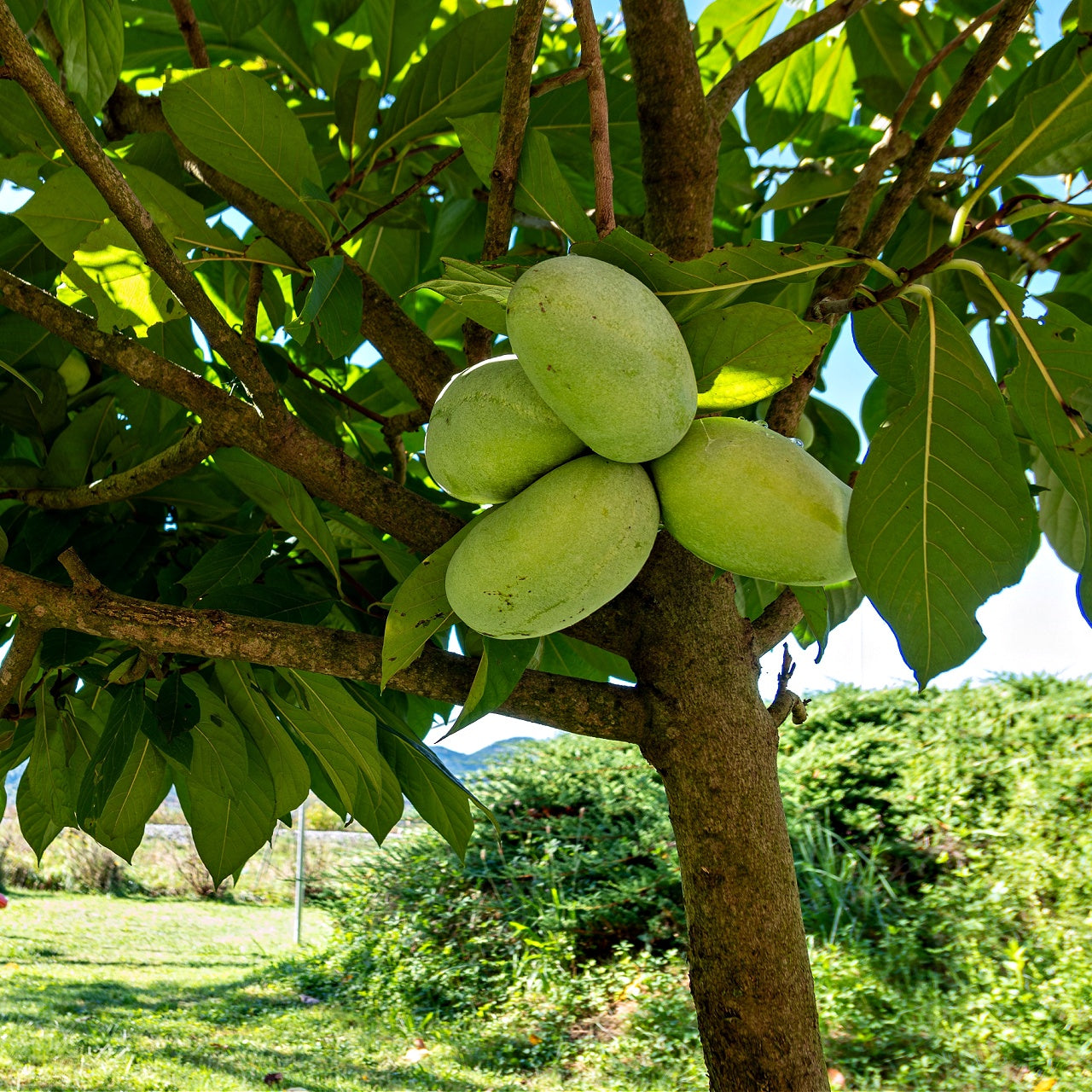
Nature's Canvas: A Guide to Captivating Autumn Foliage
Nature's Canvas: A Guide to Captivating Autumn Foliage
Vibrant Colors
As summer's warm embrace gives way to the cool, crisp autumn days, the world undergoes a breathtaking transformation. Once adorned in lush greenery, trees begin to don a vibrant tapestry of colors that captivate the senses. In this guide to captivating autumn foliage, we will explore the beauty of four remarkable tree species starring in this seasonal spectacle: the Red Maple, Sycamore, Hickory, and Sourwood.
The Enchanting Red Maple (Acer rubrum)
When it comes to showcasing the splendors of autumn, few trees rival the Red Maple. Known for its brilliant red and orange leaves, this tree is a true icon of the fall season. The scientific name, Acer rubrum, perfectly captures the essence of this species. "Acer" means "sharp" or "keen," hinting at the sharp, pointed leaves that characterize this tree. "Rubrum" refers to the vibrant red hues that emerge during autumn. One of the remarkable features of the Red Maple is its adaptability. It can be found throughout much of North America, from the swamps of Florida to the forests of Canada. This adaptability is part of what makes the Red Maple a standout in the autumn landscape. Its leaves can vary in color, ranging from bright red to deep maroon and even a fiery orange. The vibrant shades result from the pigments within the leaves breaking down and revealing their true colors as the days grow shorter and cooler. Red Maples are particularly eye-catching near bodies of water, where their reflections double the visual impact of their foliage. Lakeshores and riversides become picturesque canvases painted with the reds and oranges of the Red Maple's leaves. It's no wonder that photographers and nature enthusiasts flock to these locations during the autumn months.
The Majestic Sycamore (Platanus occidentalis)
Sycamore trees are another star of the autumn foliage show, known for their large, distinctive leaves and unique bark. The Sycamore, or Platanus occidentalis, can be found across much of North America and often along riverbanks and lowland areas. What makes the Sycamore stand out in the autumn landscape is its leaves' transformation into a kaleidoscope of colors. The leaves turn from lush green to yellow, orange, and brown shades. The striking contrast between the white bark of the Sycamore and its multicolored leaves creates a picturesque scene that is a favorite among artists and photographers. Sycamores are also known for their distinctive exfoliating bark, which peels away in irregular patches, revealing a creamy white inner layer. This unique bark adds to the tree's appeal and can be especially striking when backlit by the warm autumn sun. The colorful leaves and the striking bark make the Sycamore a must-see tree during fall.
The Hardy Hickory (Carya spp.)
Hickory trees are renowned for their strength and durability, but they also have a hidden talent for showcasing the beauty of autumn. Several species of hickory trees are found in North America, each with unique characteristics, but all share a knack for producing stunning foliage. Hickory leaves turn a warm golden yellow or deep golden brown in the fall, creating a comforting and cozy atmosphere. The rich, earthy tones of hickory leaves evoke a sense of nostalgia, making them a beloved feature of the autumn landscape. Hickory nuts are another distinctive feature of these trees, often dropping to the ground during the fall. The nuts are enclosed in a thick, hard shell and are a favorite food source for squirrels and other wildlife preparing for the winter. This association with autumn harvests and nature adds to the charm of hickory trees during this season. In addition to their foliage and nuts, hickory trees provide valuable hardwood that has been used for centuries in furniture making and woodworking. The strength and durability of hickory wood make it a prized material, and it's often used in making handles for tools and sports equipment, such as baseball bats.
The Delicate Beauty of Sourwood (Oxydendrum arboreum)
The Sourwood tree, scientifically known as Oxydendrum arboreum, is a lesser-known but enchanting participant in the autumn foliage display. Native to the southeastern United States, the Sourwood is a small to medium-sized tree with a slender, elegant form. What sets the Sourwood apart is the unique shape and color of its leaves. They are elongated, narrow, and resemble the shape of a canoe paddle. These leaves turn a striking crimson red during the fall, creating a vivid contrast against the tree's smooth, gray bark. Sourwood trees also produce clusters of delicate, bell-shaped white flowers in the summer, adding charm and appeal. These flowers are known for attracting pollinators, such as bees and butterflies, making the Sourwood an ecological asset in addition to its aesthetic value. "Sourwood" originates from the tree's sour-tasting leaves, sometimes used to make a mild herbal tea. This distinctive flavor adds another layer of fascination to the tree, making it an intriguing addition to any autumn landscape.
As autumn graces the world with its vivid colors and crisp air, the Red Maple, Sycamore, Hickory, and Sourwood trees play essential roles in creating this captivating seasonal canvas. Their unique characteristics and stunning foliage bring joy to nature enthusiasts, artists, and anyone who appreciates the beauty of the changing seasons. Whether you seek out the fiery reds of the Red Maple, the Sycamore's picturesque bark, the Hickory's golden hues, or the Sourwood's delicate elegance, these trees will leave a lasting impression on your autumn adventures. So, grab your camera or take a leisurely walk in the woods, and let these trees paint a masterpiece on nature's canvas that you will remember.






